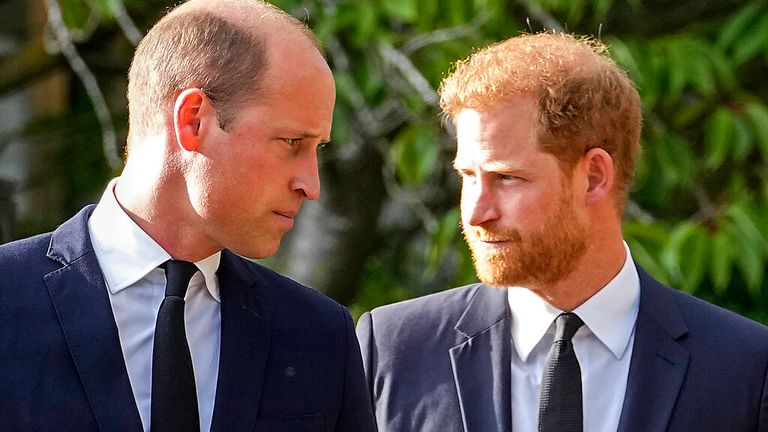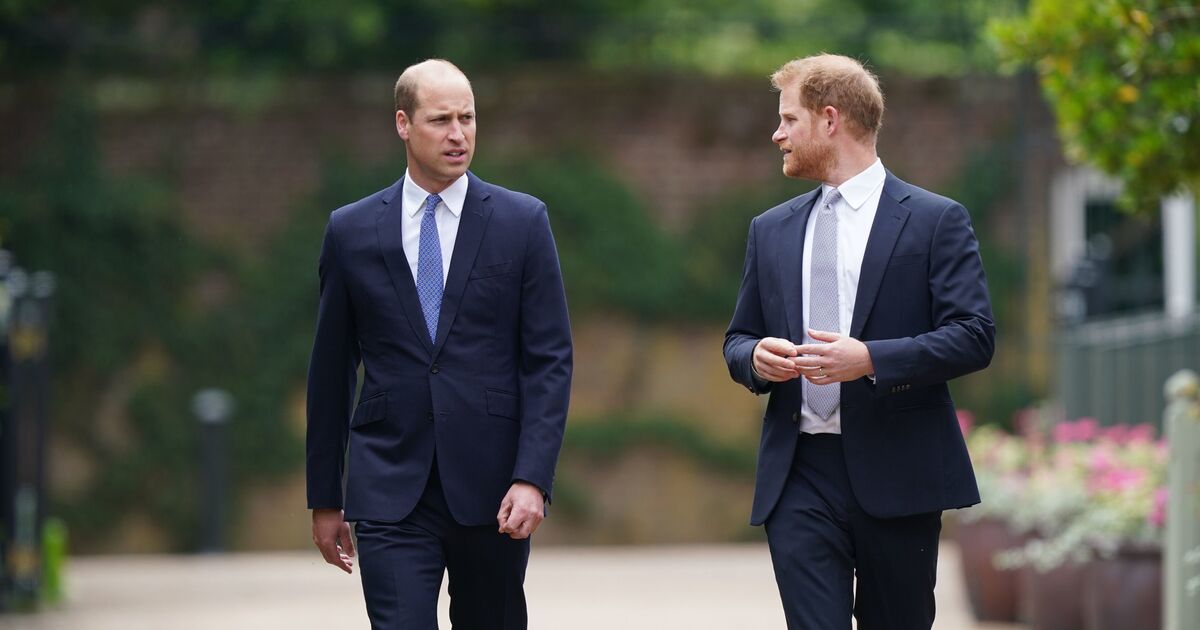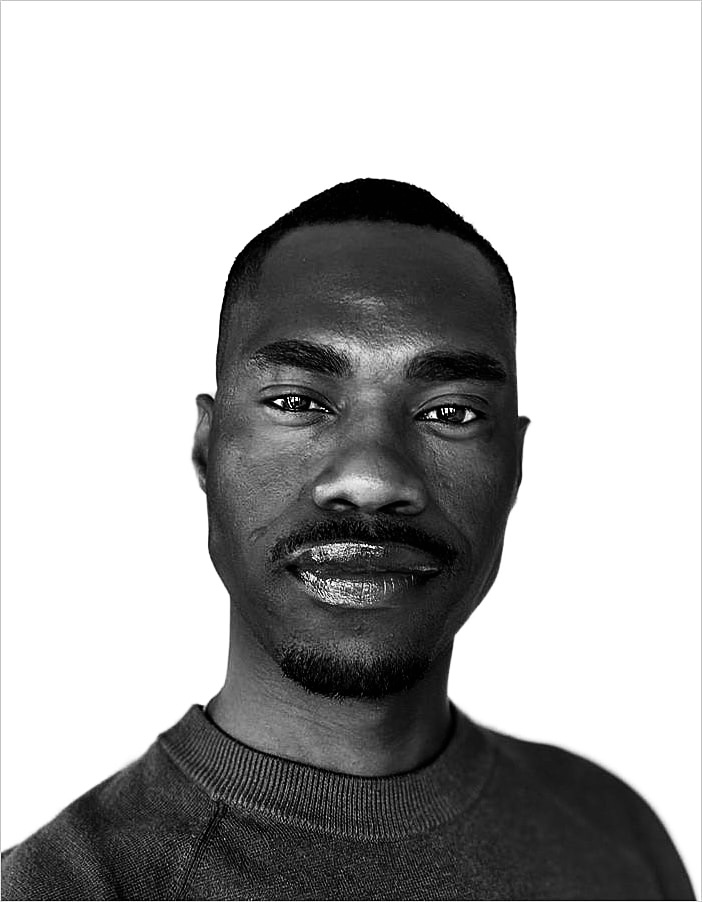Prince William and Prince Harry’s fractured relationship is more than a family rift—it is a mirror of monarchy, media, and the fragile future of tradition.

Few stories captivate the public imagination like the saga of two brothers born into privilege, duty, and relentless scrutiny. Prince William and Prince Harry, once inseparable heirs to the House of Windsor, now embody division rather than unity. Their estrangement has been chronicled in memoirs, documentaries, interviews, and endless speculation. Yet beneath the tabloid drama lies a deeper question: what does their fractured bond reveal about the monarchy itself, about family in the glare of empire, and about the future of an institution that insists on permanence while living through perpetual crisis?
The rift is not merely personal. It is structural. William embodies continuity, the heir bound by tradition. Harry embodies rupture, the “spare” who rejects the script. Together, they dramatise the paradox of monarchy: that it depends on both stability and spectacle, both duty and rebellion. Their conflict is not an accident—it is the monarchy’s logic turned inward.
William and Harry grew up in the shadow of their mother, Diana, Princess of Wales. Her charisma humanised the monarchy. Her death traumatised the brothers and destabilised the Crown’s image. In their youth, William and Harry appeared united in grief and duty. Their public appearances projected a narrative of resilience, the next generation carrying Diana’s legacy forward.
But unity was an illusion. Diana’s absence left wounds that healed differently in each son. William channelled discipline; Harry channelled defiance. The seeds of fracture were already sown.

The monarchy’s cruelest architecture is its hierarchy. The heir is destiny; the spare is contingency. William was groomed as sovereign-in-waiting. Harry was given freedom, but freedom without purpose often mutates into restlessness.
This structural inequality strained their bond. William bore the weight of expectation; Harry bore the sting of redundancy. When Harry later titled his memoir Spare, it was not mere marketing—it was confession.
The monarchy thrives on this dichotomy. It needs both the heir to guarantee continuity and the spare to provide drama. But what sustains the institution corrodes the individuals within it.
The divergence accelerated with marriage. William’s union with Catherine Middleton reinforced the monarchy’s image of tradition and stability. Catherine became the polished partner to the future king, embodying the institution’s resilience.
Harry’s marriage to Meghan Markle, however, destabilised the monarchy’s image. Meghan’s race, nationality, and independence challenged the Crown’s insularity. The media frenzy that followed revealed the persistence of racism and classism in British society and in the monarchy’s orbit.
William and Harry’s relationship fractured under this pressure. William defended the institution. Harry defended his wife. Brothers became symbols of incompatible futures: one of loyalty to tradition, the other of rebellion against it.
No account of the rift is complete without examining the media. British tabloids thrive on royal drama. Stories of rivalry and betrayal sell papers and generate clicks. Harry and Meghan’s departure to America only intensified this cycle.
The media framed William as stoic and dutiful, Harry as reckless and resentful. Yet this framing was not neutral—it served the monarchy’s need to preserve its image. The media acts as both parasite and protector: feeding off the royals while shielding the Crown’s survival.
In this theatre, William and Harry are not just brothers. They are characters in a perpetual drama, scripted less by choice than by necessity.
The William–Harry rift reflects the monarchy’s larger struggle with modernity. Can an institution built on hierarchy adapt to a world of equality? Can a family that demands loyalty withstand individual autonomy?
William represents the monarchy’s attempt to modernise without rupture: charitable initiatives, environmental advocacy, measured reform. Harry represents the rejection of monarchy as an organising principle for personal life. His departure is not just exile but experiment—what happens when a prince refuses the script?
The monarchy survives because it adapts just enough. Yet Harry’s defection reveals its limits. Tradition cannot accommodate all rebellion.

The rift reverberates beyond Britain. In America, Harry and Meghan have become symbols of independence from archaic tradition, embraced by some, dismissed by others. In the Commonwealth, particularly nations reconsidering ties to the Crown, the saga underscores the monarchy’s irrelevance.
For global audiences, William and Harry symbolise competing visions: monarchy as stability, or monarchy as an outdated relic. Their personal feud becomes a geopolitical metaphor.
Amidst the symbolism, one must not forget the human cost. Two brothers who once shared grief now embody estrangement. Family occasions are fraught. Children grow up separated by oceans and silence.
The monarchy may thrive on spectacle, but the human toll is profound. To be royal is to be denied the intimacy most families take for granted. In William and Harry’s fractured bond lies a universal tragedy: the way power corrodes love.
The fractured relationship between William and Harry matters not because it entertains tabloids, but because it illuminates the monarchy’s paradox. Their estrangement reveals how institutions exploit individuals, how media manipulates family into narrative, and how tradition resists modernity at any cost.
This still matters because monarchy, however archaic, remains a powerful symbol. Its dramas shape culture, politics, and even national identity. The William–Harry saga is not a footnote. It is a mirror—reflecting the fragility of both family and tradition in an age that demands authenticity.
The question is not whether the brothers will reconcile. The question is whether the monarchy can survive its own contradictions.

Kelly Dowd, MBA, MA, is an author, systems architect, and Editor-in-Chief of WTM MEDIA. Dowd examines the intersections of people, power, politics, and design—bringing clarity to the forces that shape democracy, influence culture, and determine the future of global society. Their work blends rigorous analysis with cultural insight, inviting readers to think critically about the world and its unfolding narratives.

Elon Musk’s $56 billion pay package, restored by Tesla shareholders after court challenges, made global headlines. But beneath the spectacle lies a deeper design flaw: the hero economy. In worshipping visionaries, capitalism has built cathedrals without conscience.

The U.S. Supreme Court’s reinstatement of restrictions on gender-inclusive passports has reignited a quiet crisis of belonging. It is not simply about travel. It is about who decides the architecture of identity—and whether selfhood must pass through permission.

A U.S. federal judge’s ruling to compel the reinstatement of food aid funding is more than a legal victory — it is a moral reckoning. Hunger, as this decision reveals, is never a natural disaster. It is a policy design flaw.